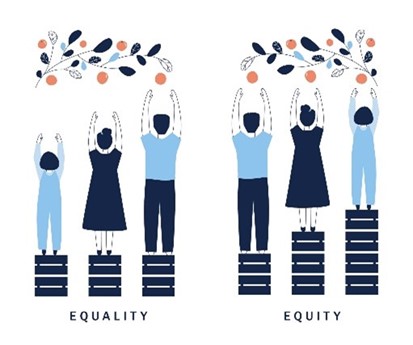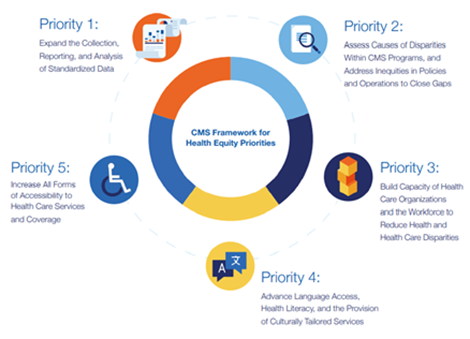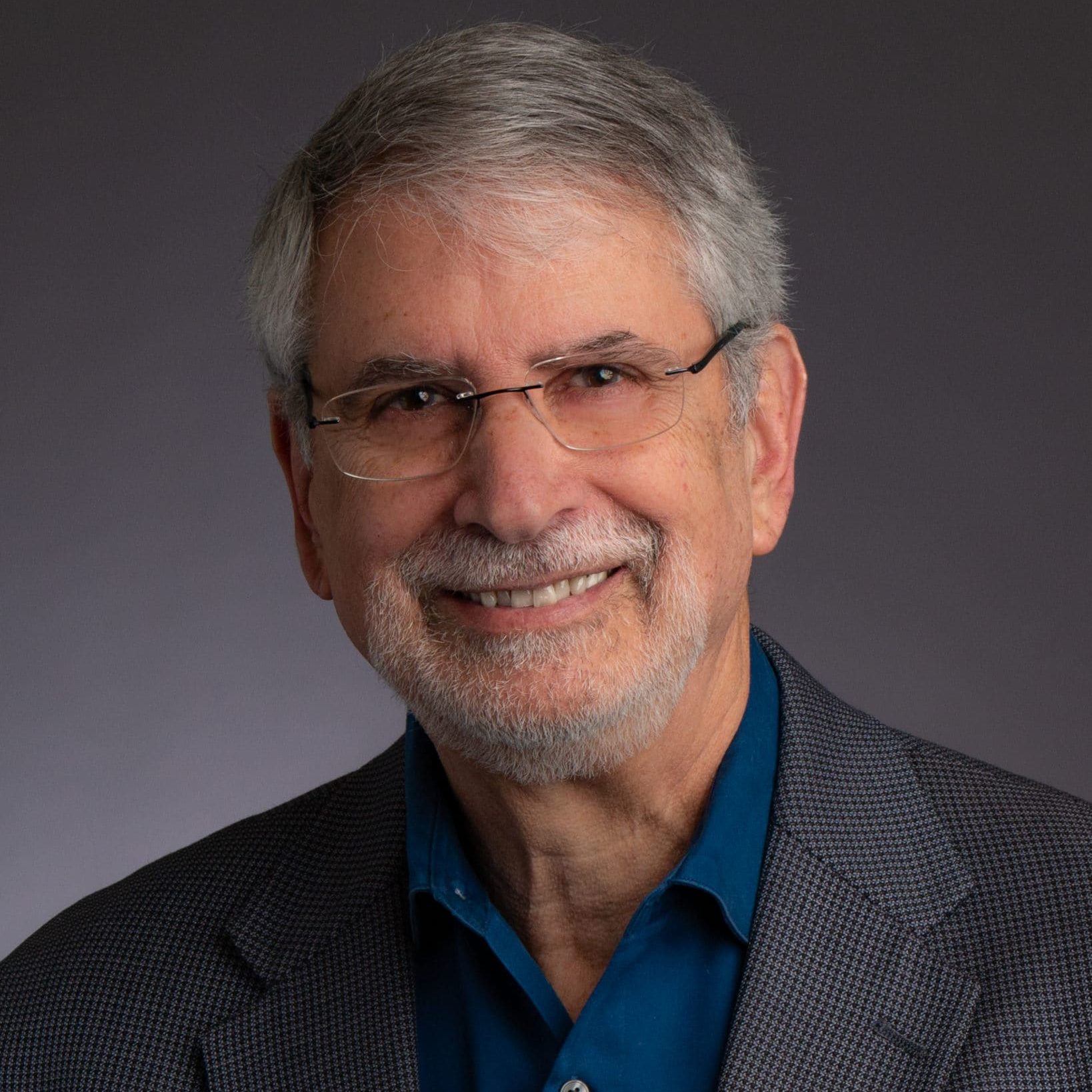What if I told you that I have access to a “wonder drug” that could reduce hospitalizations by 32%, eliminate 14% of visits to the emergency room, lower overall healthcare costs by 11%, and more surprisingly, do so without any observable side effects? Interested?
Well, those results were not associated with a “wonder drug” but instead were the reported findings from a study on “web-based health literacy, aligned-incentive intervention” published in the Journal of Medical Internet Research.
Why isn’t every provider organization regardless of size using such an approach?
Another report published in 2020 by the United Health Group found that older adults have more chronic conditions, utilize more services and take more medications than any other age group, and unfortunately have the lowest health literacy levels of any age group.
From studying what is, not just what could be, in the counties with the highest health literacy levels, the Medicare beneficiaries get 31% more flu shots, have 26% fewer avoidable hospitalizations, 9% fewer readmissions, 18% fewer ED visits, and 13% lower costs per beneficiaries.
There’s a clear lesson in those statistics: If only we could raise the health literacy levels for all age groups including those who are already health-literate.

Health literacy is critical to achieving the ultimate goal of improving health equity. But equality and equity are not the same things. Regardless of how you define health equity, providers should do what they can to leverage the potential of improved health literacy to impact health equity. Start small. Act big.
Culturally-competent care education

On April 22, 2022, the Centers for Medicare and Medicaid Services (CMS) published the “CMS Framework for Health Equity 2022–2032”─ a comprehensive 33-page document that defines five priority areas it will focus on to help its enrollees. Priority four calls out “health literacy” and deals with two important elements of it: language and culture.
Health literacy for providers requires that we educate the workforce on how to deliver culturally competent care. You cannot effectively focus on underserved, under-resourced persons if the people who are interacting with them don’t understand the culture of the patient and their families.
Taking an integrated, action-oriented approach to advance health equity to improve the lives of the underserved or disadvantaged
Dr. LaShawn McIver, Director, CMS Office of Minority Health, eloquently stated: “We [should] strive to identify and remedy systemic barriers to equity so that every one of the people we serve has a fair and just opportunity to attain their optimal health regardless of race, ethnicity, disability, sexual orientation, gender identity, socioeconomic status, geography, preferred language, or other factors that affect access to care and health outcomes.”
Her words and the CMS framework are a call to action; health equity is a virtuous cycle.
In every design session where we strive to create a new and better normal, we must include processes and support policies that contemplate both those who are well resourced and those who are disadvantaged or underserved.
In March 2022, McKinsey & Company published an action plan in its “Health equity: A framework for the epidemiology of care.”
The 4-part cycle:
- Analyzes the data associated with the problem as we understand it
- Suggests expanding the focus to ensure a more inclusive approach to defining the population impacted by the problem
- Challenges to the current approach to improving inclusivity
- Encourages collaboration to engage those who are most qualified to address the gaps that exist and deliver the needed care
Don’t we all bear some degree of social responsibility to care for every member of society?
The best way to progress is to take steps to evolve your organization into a health-literate organization. Then get your health-literate organization working on creating a health-literate community. Explore how you can get your patients and their families to move from not understanding to understanding, and from understanding to action.
Let’s embrace the social imperative that is health equity.
